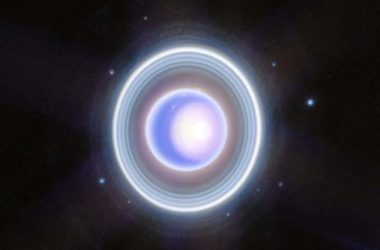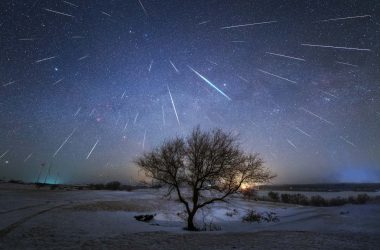Introduction
A recent study suggests that the most powerful solar storm ever recorded may have occurred 14,300 years ago. Evidence of this storm was discovered in Alpine tree trunks, indicating that it could have caused significant damage. The impact of a similar storm today remains uncertain, but potential consequences range from massive blackouts lasting months to the destruction of satellites.
Discovery of Ancient Solar Storms
In 2012, Fusa Miyake at Nagoya University identified evidence of extremely powerful solar flares in tree trunks. These flares, known as Miyake events, are marked by increased levels of a radioactive form of carbon in trees. Since then, at least nine probable ancient solar storms have been discovered using this method.
The New Findings
Researchers at Leeds University have recently found evidence of the largest solar storm ever recorded, which is nearly twice as large as the previous largest Miyake event. They discovered this evidence in pine tree trunks in the southern French alps.
Potential Impact Today
The consequences of a similar solar storm occurring today are still uncertain. Some experts suggest that the effects would be catastrophic, causing prolonged blackouts and rendering satellites inoperable. Others predict less disruption, but there is significant uncertainty surrounding this issue.
Research Methodology
The researchers analyzed 140 tree trunks buried in a bank of the Durance river in Provence. By examining the tree rings and constructing a timeline, they determined that a significant spike in carbon-14 occurred 14,300 years ago. This finding was further supported by elevated levels of beryllium from Greenland ice cores.
Comparisons with Historical Solar Storms
The researchers noted that the largest solar storm recorded in history, known as the Carrington event of 1859, was relatively small compared to the Miyake events. It caused fires and induced currents in telegraph wires, but it would not have had a significant impact on the radiocarbon record.
Unanswered Questions and Further Research
Although evidence of ten Miyake events has been found in the past 15,000 years, it is unknown whether these events occur in a pattern or if they can be predicted. The causes of these storms and their relationship to other solar storm behaviors are also unclear.
More research and measurements are needed to fully understand these events and their implications. Scientists believe that the recent discovery of the largest solar storm is just scratching the surface of a much bigger picture.








